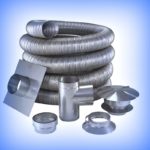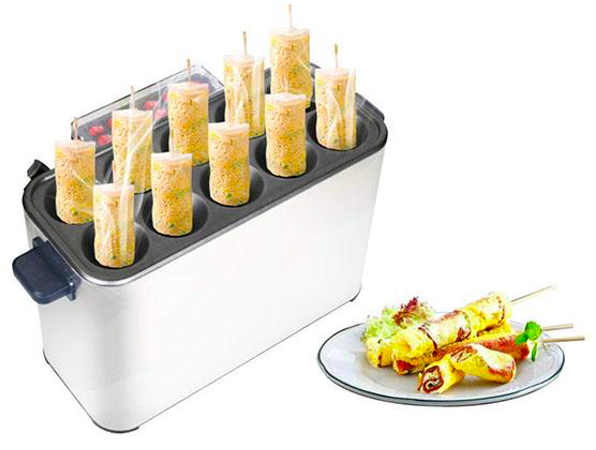Temperature in the greenhouse: what should it be in winter without heating
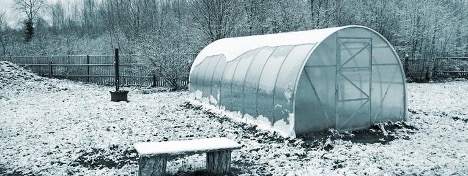
With the onset of winter, one of the most pressing questions for gardeners is what temperature should be in the greenhouse. This is especially true for those who do not plan to use additional heating. In this article we will look at the key aspects of maintaining and controlling the temperature in a greenhouse in winter.
The content of the article
- Optimal temperature in a greenhouse in winter
- Control tools: thermometer and thermometer for the greenhouse
- Ventilation in a greenhouse in winter
- Preserving the microclimate in a greenhouse with your own hands
- What you need to stock up in the greenhouse before winter to preserve the climate
- How to maintain temperature in a polycarbonate greenhouse
Optimal temperature in a greenhouse in winter
This is one of the critical parameters for the successful development and wintering of plants. This indicator directly affects physiological processes in plants, such as growth, nutrient absorption and photosynthesis. Typically, the optimal temperature range is from +5 to +12 degrees Celsius. However, this indicator may vary depending on the type of cultivated plants and their stage of development.
Maintaining optimal temperatures during winter may require the use of additional heat sources such as infrared heaters or heat cables. However, in the absence of heating, it is important to correctly assess the thermal insulation properties of the material from which the greenhouse is made, and, if necessary, strengthen them.
It should be remembered that not only a lack, but also an excess of heat can negatively affect plants. Too high a temperature can lead to the active development of pathogenic microorganisms and rapid depletion of plants. In this context, optimal greenhouse temperature is a key factor to maintain plant health and productivity.
Control tools: thermometer and thermometer for the greenhouse
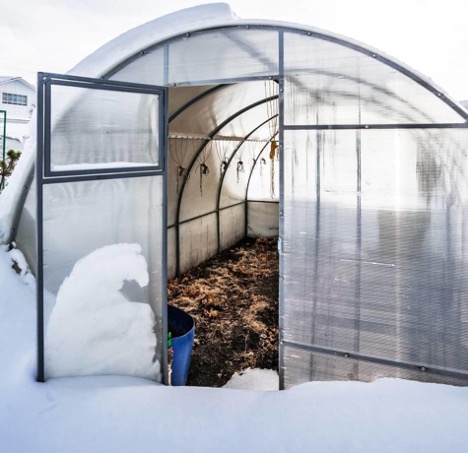
Measuring and controlling temperature is important for successful overwintering of plants. A greenhouse thermometer and a greenhouse thermometer are essential tools in this process. They will help you determine exactly how many degrees should be in the greenhouse and take action if the readings are outside the acceptable range.
Ventilation in a greenhouse in winter
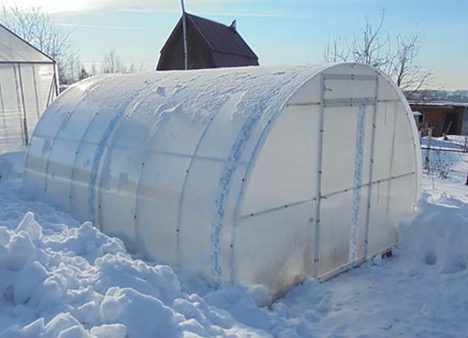
This parameter plays a special role in maintaining the desired microclimate for plants. Temperature changes between the greenhouse and the environment can significantly affect air exchange processes. This issue is especially relevant when the temperature difference in the greenhouse and outside becomes too high. This can lead to moisture condensation on the walls and ceiling of the greenhouse, which in turn creates favorable conditions for the development of mold and other pathogens.
In winter, when there is no natural ventilation due to closed doors and windows, it is recommended to use mechanical ventilation methods. Using fans will help circulate air and prevent moist air from pooling in the corners of the greenhouse. It is especially important to consider the speed of air movement to avoid plant hypothermia.
It should be noted that the intensity of ventilation directly depends on the temperature difference between inside and outside the greenhouse.On cold days, it is better to reduce the duration and intensity of ventilation to minimize heat loss. On the contrary, with a small difference in temperature in the greenhouse and outside, it is possible to increase the operating time of the ventilation systems to ensure an optimal microclimate.
Preserving the microclimate in a greenhouse with your own hands
Maintaining an optimal microclimate in a greenhouse with your own hands is a task that may require a creative approach. You can use thermal insulation materials, install double doors, or even use natural insulators in the form of hay or leaves.
What you need to stock up in the greenhouse before winter to preserve the climate
Preparation for the winter period requires special attention to thermal insulation and heating systems. This means that certain materials and equipment must be purchased and installed in advance.
- Thermal insulation materials. These can be films, fiberglass or foam. They will help retain heat inside the greenhouse and reduce heating costs.
- Heat sources. Electric heaters, heat cables or even traditional "greenhouse" stoves.
- Ventilation equipment. Fans, air handling units.
- Thermometers and hygrometers. To control and regulate climatic conditions inside the greenhouse.
- Automatic climate control systems. These systems allow you to automate the process of maintaining the desired conditions and significantly facilitate the care of the greenhouse.
In addition, it is necessary to have a supply of water and nutrient solutions, especially if you plan to cultivate plants that require constant watering and fertilizing in the winter.This will provide you with the opportunity to maintain the necessary microclimate in the greenhouse without risk to the health and development of plants.
Also, do not forget to regularly check all equipment and materials. Any malfunctions in the heating or ventilation system can lead to undesirable changes in the microclimate and, as a result, loss of yield. Therefore, autumn is the time when you need to be especially careful about preparing the greenhouse for the winter period.
How to maintain temperature in a polycarbonate greenhouse
Polycarbonate greenhouses generally have better thermal insulation than film or glass greenhouses. The question of how to maintain the temperature in such a greenhouse is very relevant. And here you can use all the above methods:
- ventilation;
- measurement and regulation of temperature in the greenhouse;
- additional thermal insulation materials.
By following the recommendations for temperature control and regulation, you can achieve good results even when storing plants in winter without additional heating.


